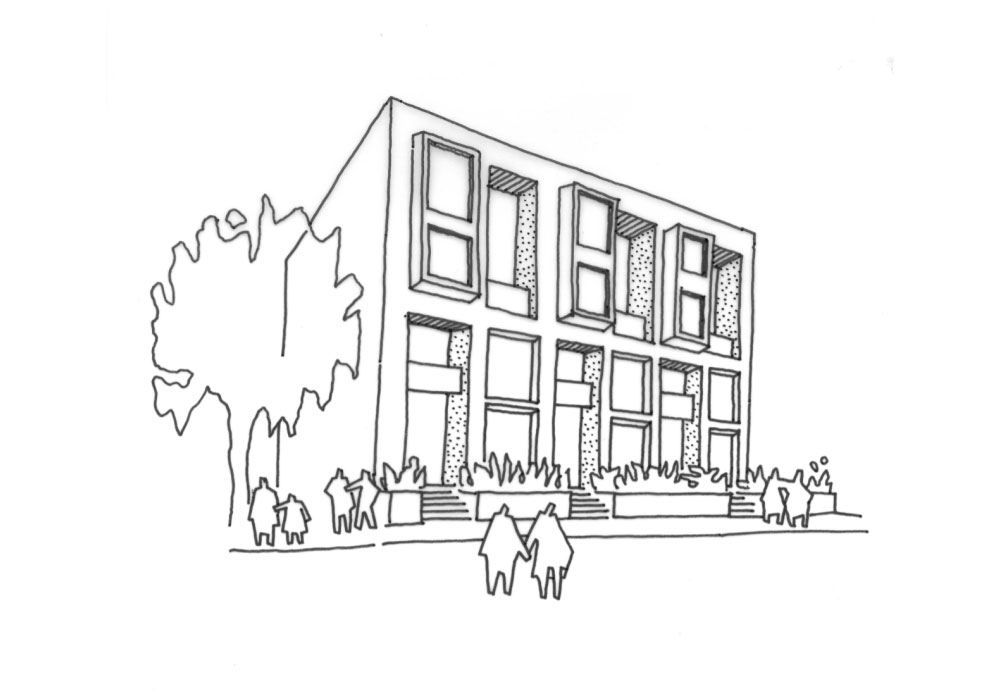
Walking the line between too much and not enough
Any organisation operating as a start-up will know the feeling of walking the line between aiming for the best, most ambitious outcome, and doing enough to get going. If you don’t account for what might happen in the future, you miss an opportunity to do something groundbreaking. But if you try to do too much too soon, you get stuck.
Any organisation operating as a start-up will know the feeling of walking the line between aiming for the best, most ambitious outcome, and doing enough to get going. If you don’t account for what might happen in the future, you miss an opportunity to do something groundbreaking. But if you try to do too much too soon, you get stuck.
At Building Better, a group of housing associations and local authorities collaborating and aggregating our pipelines for Modern Methods of Construction, we encounter this challenge regularly. As we move from concept to delivery, we’ve been reflecting on where we have faced this and what we’d do differently next time. We’re confident though, that we push ourselves to make active choices about when the smartest option is the path of least resistance and when compromising just isn’t good enough.
Here are two examples of how walking that tightrope has played out:
Designing buildings: what we wanted vs what we have
Our ambition
Our ambition is to build homes our customers love, to the highest safety and sustainability standards. Incorporating good design from the outset saves money long-term, it reduces operating costs through fewer repairs and reduces fuel poverty. It also improves the look and feel of homes that haven’t changed in any meaningful way in over one hundred years. For an aggregated pipeline to work, however, we needed housing associations to agree on a common design specification and for manufacturers to be able to deliver that specification to a high standard.
Our actions
We’ve navigated this by taking a high level focus on performance, which prioritises a fabric first approach, no gas and solutions that achieve Net Zero Carbon. For us, this has meant deprioritisation of reconfigurable solutions, and Universal Design standards. Instead, a robust feedback loop will ensure these improvements happen iteratively, which means they may be slower to incorporate but won’t come at the cost of getting good quality, sustainable homes in the ground.
Procurement: what we wanted vs what we have
Where we started
Given the nascency of the supply side of the market, changing standards and regulations, and the variety of needs across our membership, we wrestled with the best approach to procurement.
A Dynamic Purchasing System would enable members to get the best products built to the right standards as the market continues to evolve. We knew too that manufacturers can be wary of frameworks, putting in a lot of effort without the promise of work. On the other hand, a framework with a visible pipeline could lock in long term partnerships with manufacturers, encouraging improvements to design and process as well as commerciality over time.
Where we ended up
Ultimately, working with our partner PfH to deliver two frameworks with six partners over a minimum term of 5 years felt like the right balance between choice and certainty, with the hard work on due diligence done upfront. However, it’s not enough to allow the framework to run passively. We know the real benefit is in taking an active role in the framework with oversight of the pipeline, ensuring lessons learnt are shared and not being afraid to remind ourselves of our end goal – to build economically viable homes that are both good for the planet as well as the people that live in them.
Conclusion
We’ve now got an excellent group of manufacturers to take through the next stage of procurement, an ever growing pipeline of homes and interest from ambitious housing providers looking to make MMC at scale a reality. So ultimately, our compromises haven’t affected the quality of outcomes and allowed us to keep moving forward as a business but they weren’t always easy to make at the time!
The lesson we’ve learnt is to aim for the best, focus on what Building Better can do better than anyone else and chart our goals across a map so that we go about doing everything we want, while prioritising the outcomes we can’t do without.

By Trina Chakravarti, Project Director at Building Better
Published on February 4, 2021